How to Calculate Mean of a Continuous Random Variable Ti84
Normal Probability Distribution
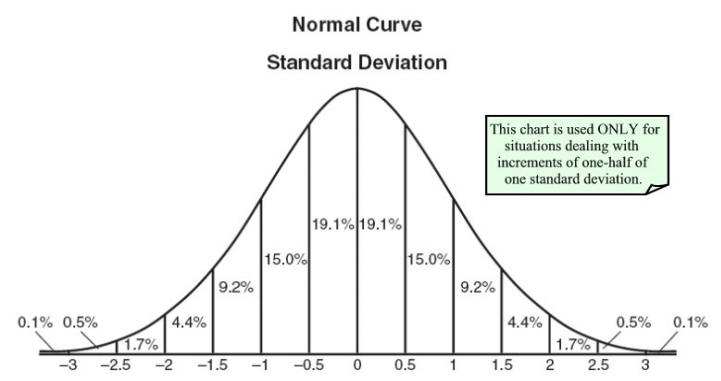
Chart prepared by the NY State Education Department
A chart, such as that seen above, is often used when dealing with normal distribution questions. Understand that this chart shows only percentages that correspond to subdivisions up to one-half of one standard deviation. Percentages for other subdivisions require a statistical mathematical table or a graphing calculator. (See example 4)
| ||
| The Normal Distribution functions: #1: normalpdf pdf = Probability Density Function This function returns the probability of a single value of the random variable x. Use this to graph a normal curve.Using this function returns the y-coordinates of the normal curve. Syntax: normalpdf (x, mean, standard deviation) #2: normalcdf cdf = Cumulative Distribution Function This function returns the cumulative probability from zero up to some input value of the random variable x. Technically, it returns the percentage of area under a continuous distribution curve from negative infinity to the x. You can, however, set the lower bound. Syntax: normalcdf (lower bound, upper bound, mean, standard deviation) #3: invNorm( inv = Inverse Normal Probability Distribution Function |
Example 1:
Given a normal distribution of values for which the mean is 70 and the standard deviation is 4.5. Find:
a) the probability that a value is between 65 and 80, inclusive.
b) the probability that a value is greater than or equal to 75.
c) the probability that a value is less than 62.
d) the 90th percentile for this distribution.
(answers will be rounded to the nearest thousandth)
| 1a: Find the probability that a value is between 65 and 80, inclusive. (This is accomplished by finding the probability of the cumulative interval from 65 to 80.) Answer: The probability is 85.361%. (The "PASTE" command simply means that the values that you typed after the template prompts will be "pasted" into the normalcdf() function and will appear on the home screen, as shown.) | |
| 1b: Find the probability that a value is greater than or equal to 75. (The upper boundary in this problem will be positive infinity. The largest value the calculator can handle is 1 x 1099 . Type 10^99 to represent postive infinity, [or type 1 EE 99. Enter the EE by pressing 2nd, comma -- only one E will show on the screen.] Answer: The probability is 13.326%. | |
| 1c: Find the probability that a value is less than 62. Answer: The probability is 3.772%. | |
| 1d: Find the 90th percentile for this distribution. Answer: The x-value is 75.767. | |
Example 2:
Graph and investigate the normal distribution curve where the mean is 0 and the standard deviation is 1.
| For graphing the normal distribution, choose normalpdf. The normalpdf (normal probability density function) is found under DISTR (2nd VARS) #1normalpdf(. | | |
| | Guideline is: | |
| Investigate: What happens to the curve as the standard deviation increases? | ||
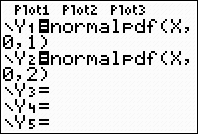 Double the standard deviation and see what happens to the graph. | 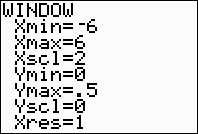 When graphing 2 normal curves, the window will need to be adjusted. Xmin = mean - 3 (largest SD) | 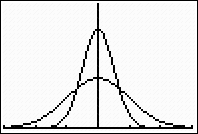 Observe that as the standard deviation increases, the more spread out the graph becomes. |
| Before attempting ShadeNorm, be sure that To find ShadeNorm(, go to DISTR and right arrow to DRAW. Choose #1:ShadeNorm(. Notice that the calculator defaults to a mean of 0 and a standard deviation of 1 unless changed by the user. Remember that there is approximately a 68% probability of a score falling within 1 standard deviation from the mean in a normally distributed set of values. The "area" value in this graph is indicating 0.682689 or approximately 68%. | | |
| Notice how this answer supports the percentage listed in the chart at the top of this page. | ||
| Example 3: Graph and examine a situation where the mean score is 46 and the standard deviation is 8.5 for a normally distributed set of data. | ||
| Go to Y= . | Adjust the window. | GRAPH. |
| | ||
Example 4: The lifetime of a battery is normally distributed with a mean life of 40 hours and a standard deviation of 1.2 hours. Find the probability that a randomly selected battery lasts longer than 42 hours.
Source: https://mathbits.com/MathBits/TISection/Statistics2/normaldistribution.html
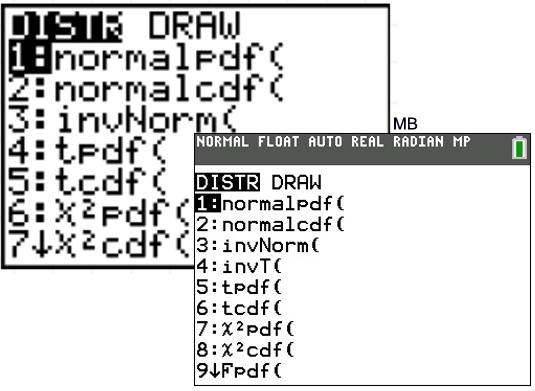
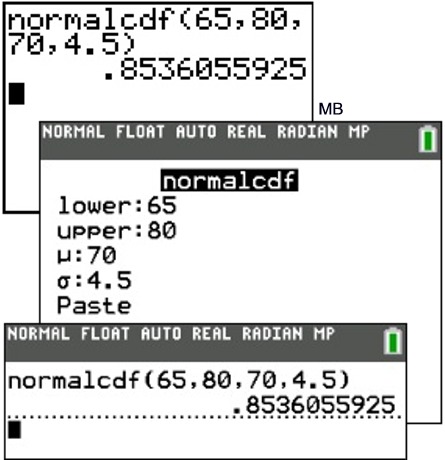
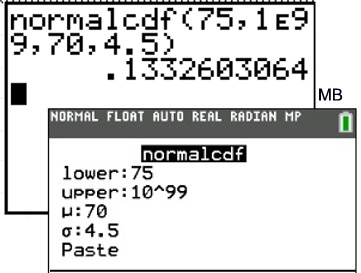
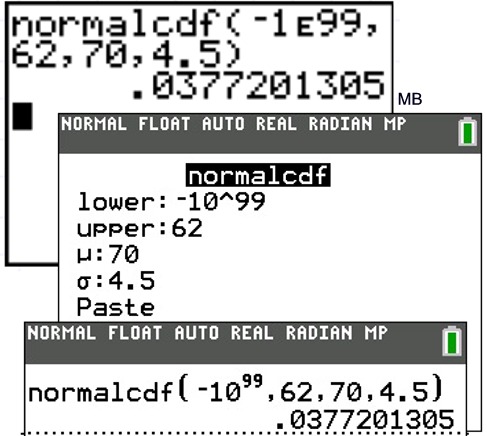
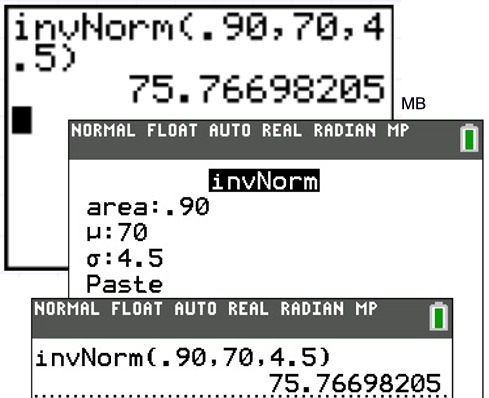
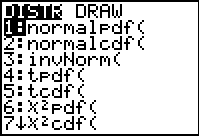
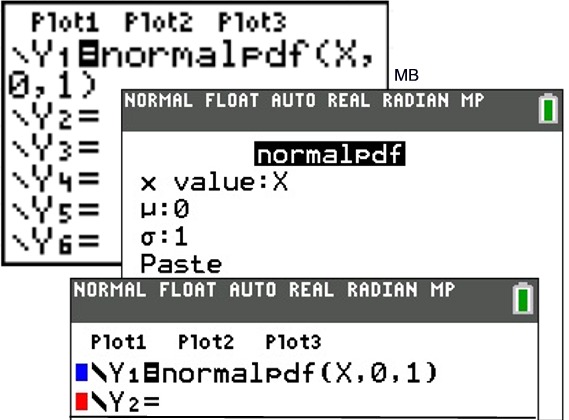
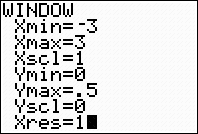
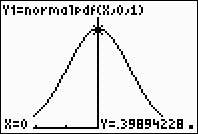
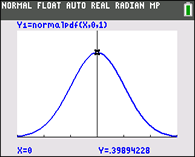
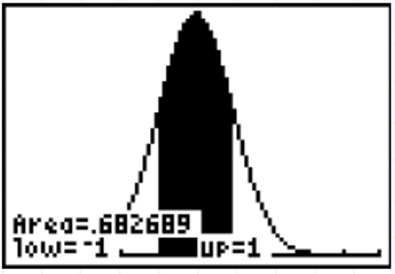
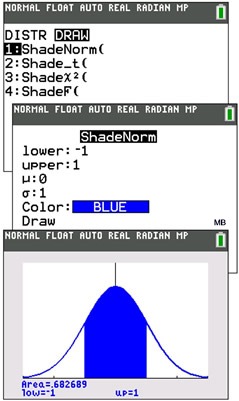
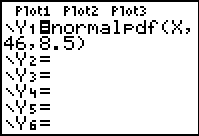
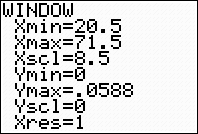

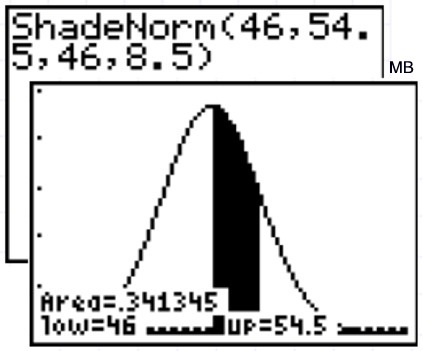
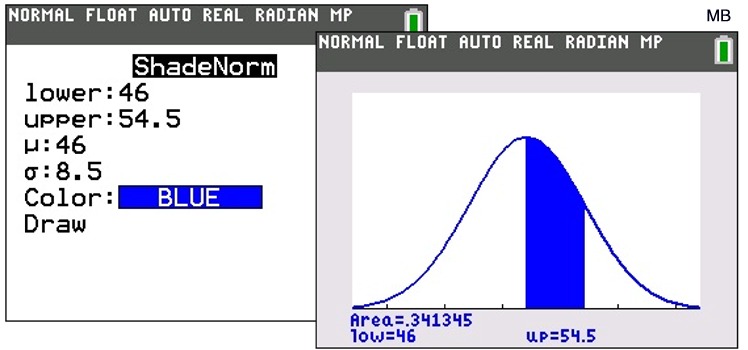
0 Response to "How to Calculate Mean of a Continuous Random Variable Ti84"
Post a Comment